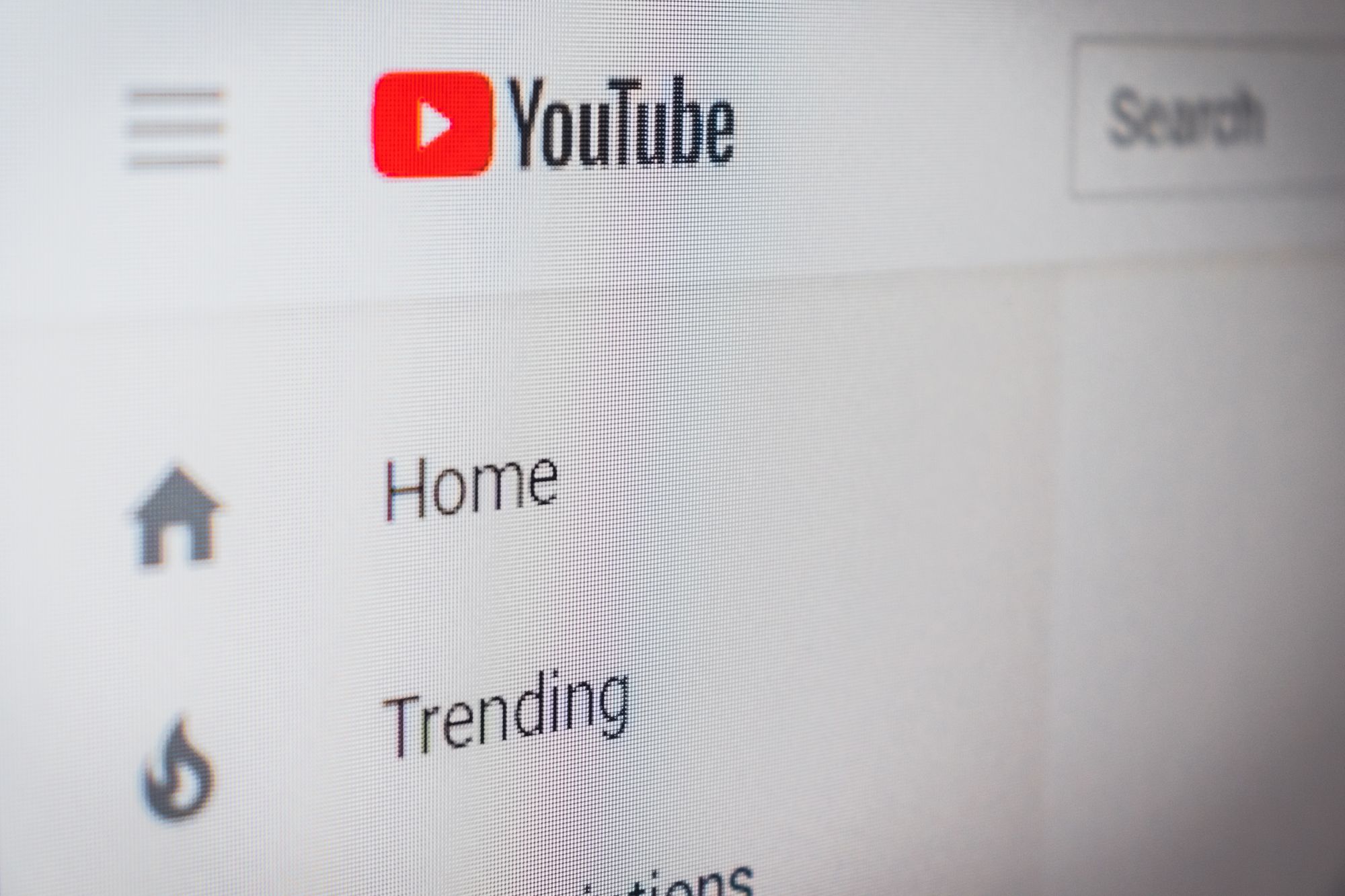Essentials
Podcasting Essentials
Related articles:
If you’ve been asking “should I put my podcast on YouTube?” the answer is… kinda. YouTube is one of the most popular social platforms on the internet, and is often used as a search engine for reviews, tutorials, or general knowledge (ever need to know how to repot a houseplant, or spatchcock a chicken? YouTube to the rescue!). If your podcast could fit into those categories (or even if it can’t!), you’ve probably been thinking about how to leverage YouTube, and its massive audience, for your show. There are a few best practices to bear in mind in order to get the most out of YouTube, and they’re outlined below.
Unique Video Content
There’s on mistake that we see lots of podcast creators make when they start using YouTube, and that’s posting their full audio on YouTube, with either a static image or just a waveform. It’s a seductive idea! Especially because there are plenty of services out there that will do this for you–customer demand is high! And imagine if cross-promoting was that easy, where you could just set it and forget it. Unfortunately, that’s not really the case.
If there’s one thing that working in social media for a while has taught me, it’s that you need to respect the audience of each platform, and those audiences vary wildly. On YouTube, they happen to be looking for videos, just like on Instagram they’re looking for gorgeous imagery, and on Twitter they’re looking for, uhhh, brands dunking on each other?
When it comes to YouTube, you should be thinking about how your show, and the content surrounding your show, can be leveraged into unique and compelling video. It’s generally not a 1:1 conversion–just as it’s not particularly interesting for a YouTube audience to stare at a waveform, it’s also probably not super interesting for them to just watch forty five minutes of you and your co-host sit in front of mics. Unless you’re like, really, really pretty.
So, Why YouTube?
If you can’t (or rather, shouldn’t) just port your show’s audio directly to YouTube, and instead need to create entirely new content, it sounds like a lot of work. What’s the payoff? Firstly, SEO. While you can do things to make your podcast more discoverable, YouTube is infinitely more searchable and discoverable to potential listeners. Secondly, YouTube’s audience. YouTube has 30 million+ daily active users. Even a tiny slice of that would be a boon to your show! There are also 30 million 18-24 year olds on the platform, who you may have difficulty reaching otherwise. And lastly, if you or your show’s content already has a following on YouTube, it makes sense to have a home base there. Doing a show about the history of makeup? The millions of videos with billions of views on makeup say you should be on YouTube as well.
Repackaging
Sometimes, YouTube success is just a matter of re-packaging your content in a unique way. Joe Rogan, everyone’s favorite example when it comes to podcasting, is, unsurprisingly, a great example of this. He pulls timely clips, or clips that are SEO gold, out of his full episodes and repackages them as “Joe Rogan on X Newsworthy Moment” or “Joe Rogan on X Evergreen Controversy.” Now, your name might not have the same cache as his does, but you can still think about repackaging videos of your show this way. For instance, if you have a local news podcast, and you’re interviewing the mayor, a great way to create original video is by repackaging short clips as “Spokane Mayor on the Importance of the Green New Deal.” The caveat here is that this *still* shouldn’t be done with just a waveform, but should be presented with video footage.
(And yes, while Joe Rogan does post full episodes to to YouTube, when your profile is that high, best practices don’t really matter, since your audience will follow you anywhere.)
Work Around Your Show
If you don’t think repackaging will work for your show, there are still plenty of ways to utilize unique video content. Think about the what surrounds your show, and the what’s popular on YouTube. Somewhere in that brainstorm, there’s overlap between the former and the latter, and you can create the content that sits in the middle of that Venn diagram.
Is your show about interviewing creatives on their day-to-day routine? Maybe you can do a quick video series highlighting each of their home offices. Does your show go in-depth on weird food history? Film a hands-and-pans tutorial of you cooking a dish with the subject of your most recent interview.
Livestream to Connect with Fans
The fact of the matter, and the fact of the medium, is that podcasts are pre-taped. This means that, while you can interact with fans on social, any interaction happening between you and your audience is necessarily on a time delay. Sure, you can do things like having a segment in the next show to respond to audience comments, but as far as immediate fan connection, nothing beats YouTube Live.
This isn’t to say you should be live-streaming your podcast–that wouldn’t be a great experience for livestream attendees (who you wouldn’t be able to give your full attention to) or for more conventional listeners (who could get frustrated with the format). Instead, use a livestream to connect with your audience around some supplementary content. Did you just hit a podcasting milestone? Celebrate with a Q&A! Did you get a lot of audience questions on a previous episode? See if you can bring your guest back to give them some one-on-one time with the audience. Are you going to be on a panel talking about your show? Livestream it for the folks who can’t attend.
If some of your fans miss your live show, no worries! It’ll be available on YouTube as soon as you finish up, allowing the conversation to keep going in the comment section.
Two Last Things
Not sure if YouTube is right for you? Have no idea what would be appealing to your fans? If you audience is large enough: poll them! Ask in your Facebook group, on social, or even at the top of the episode what extra video content they might want to see, and give them an easy way to send in their responses. Ta-da! You know exactly what your current audience wants.
Once you know what your fans want, you’re well on your way to leveraging YouTube for your show–but there’s an extremely important thing you need to include. Your CTA! End whatever video content you’re making with a call-to-action, and put that in your video description as well. Whether it’s signing up for a mailing list, subscribing to your podcast (make sure to differentiate that from subscribing to your YouTube channel), or following you on social, make sure you ask it clearly! (Don’t worry, there’s a really good example of a CTA 👇)
Looking to learn more about how to promote your podcast? Sign up for our newsletter here.

